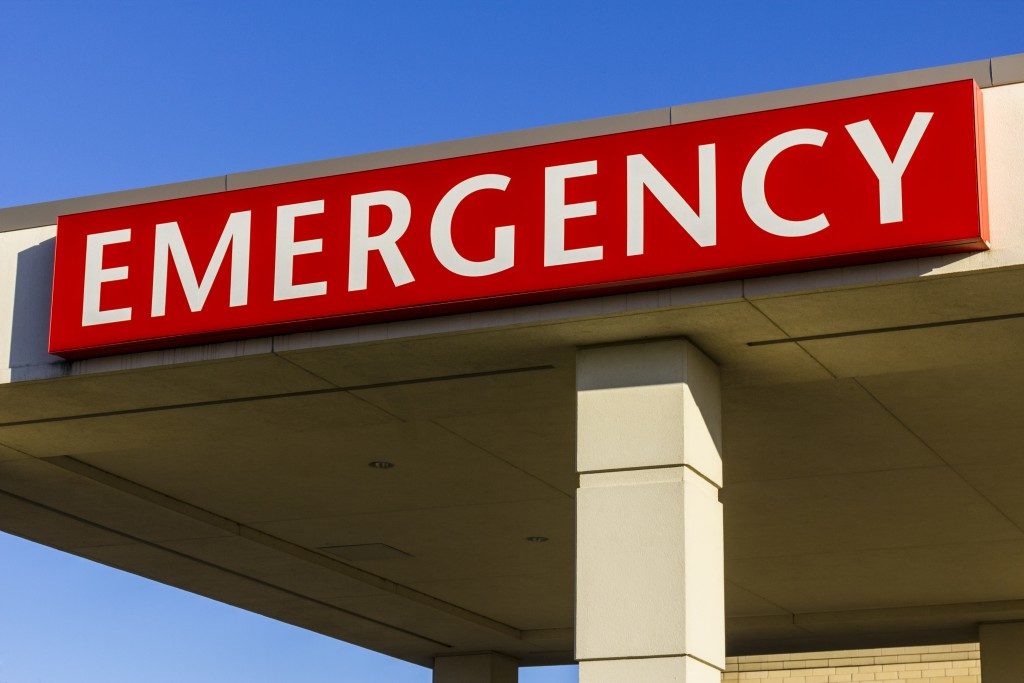Learning to recognize medical emergencies can help save millions of lives. Once you know the symptoms of a life-threatening injury or illness, you can decide and act quickly.
At times, it only takes a few minutes of indecision to put someone’s life in danger. With that, here are some of the medical cases considered emergencies.
What is Considered an Emergency?
A medical situation is an emergency if the patient could die or sustain a permanent injury if immediate care is not provided. It could be an injury caused by an accident or related to other health problems.
You can handle a medical emergency in three ways: by calling 911 for an emergency team to turn up quickly; by rushing to an emergency room; or by bringing the patient to an urgent care facility.
Calling 911 should be the top option for patients who don’t have access to vehicles that can rush them to hospitals or for patients that can’t be moved. They may have sustained injuries that could worsen if moved without proper knowledge and equipment.
Emergency vs. Urgent Care
There is a difference between emergency and urgent care.
Emergency care is typically given at hospitals for life-threatening cases, such as the following:
- Choking
- Severe burns
- Trouble in breathing or breathing has stopped
- Seizures (especially ones that lasted three to five minutes)
- Sharp chest pains or pressure
- Head injury (comes with confusion, fainting, or passing out)
- A lightning strike or electric shock
- Sudden bad or unusual headache
- Damage to the spine or neck (patient has lost the ability to move or feel)
- Sudden drop of one side of the body
- Deep wounds
- Pain in the jaw or arms
- Severe allergic reactions (it often comes with hives, swelling, and breathing problems)
- Possible fractures
- Loss of movement
- Bone fracture pushing through the skin
- Coughing or vomiting blood
- Sudden loss of the ability to move, walk, see, or speak
- High fever with a stiff neck and headache
- Severe pain in any part of the body
- Inhaled poisonous fumes
Meanwhile, urgent care is for people who have certain problems that aren’t life-threatening or don’t cause disability but will require urgent medical attention. These facilities are usually walk-in clinics. These can also be privately owned by people who chose to grab urgent care franchise opportunities.
Here are several cases that usually require urgent care:
- Common illnesses such as fever, sore throat, colds, low-grade fevers, the flu, earaches, migraines, and moderate rashes
- Minor injuries such as minor broken bones, minor eye injuries, sprains, minor burns, back pain, and minor cuts
Prepare in Case of Emergency

You’ll never know when emergencies will occur, so it’s best to be always ready for your safety and that of people around you.
Always have the number of the nearest hospitals, urgent care facilities, and walk-in clinics on your phone. If you know a doctor, have their number recorded as well. Most importantly, stay calm and call 911 anytime you witness an emergency.
You should never medical emergencies take for granted. Learn to recognize which require emergent care and which need urgent care instead, so you can make better decisions in such difficult situations.

